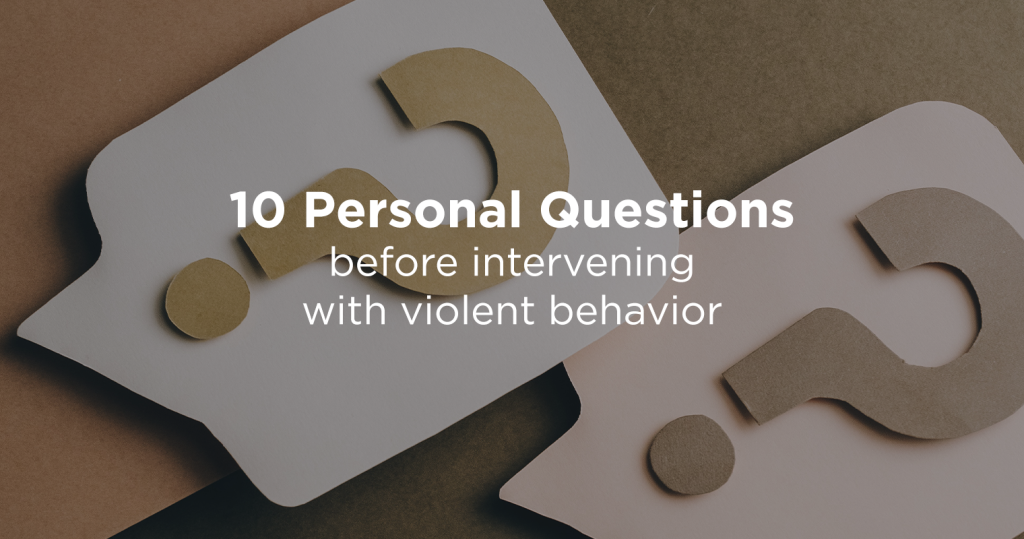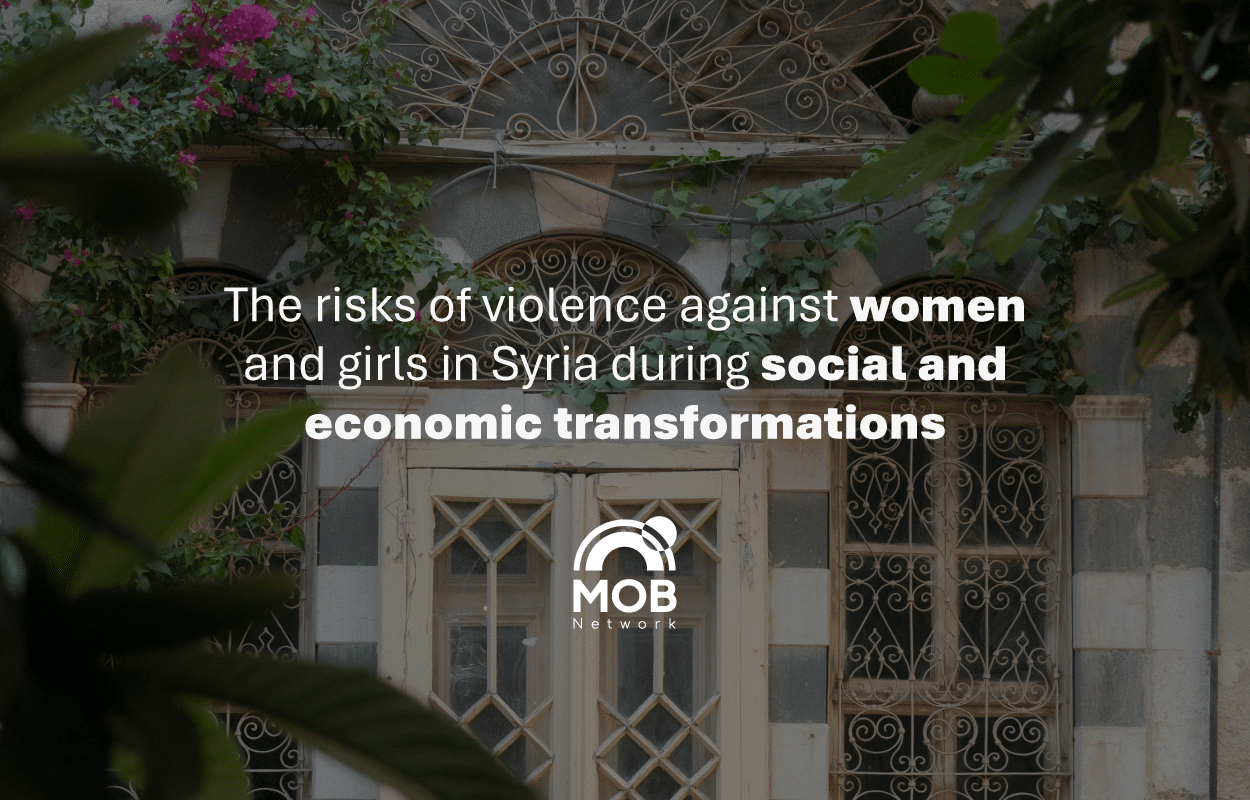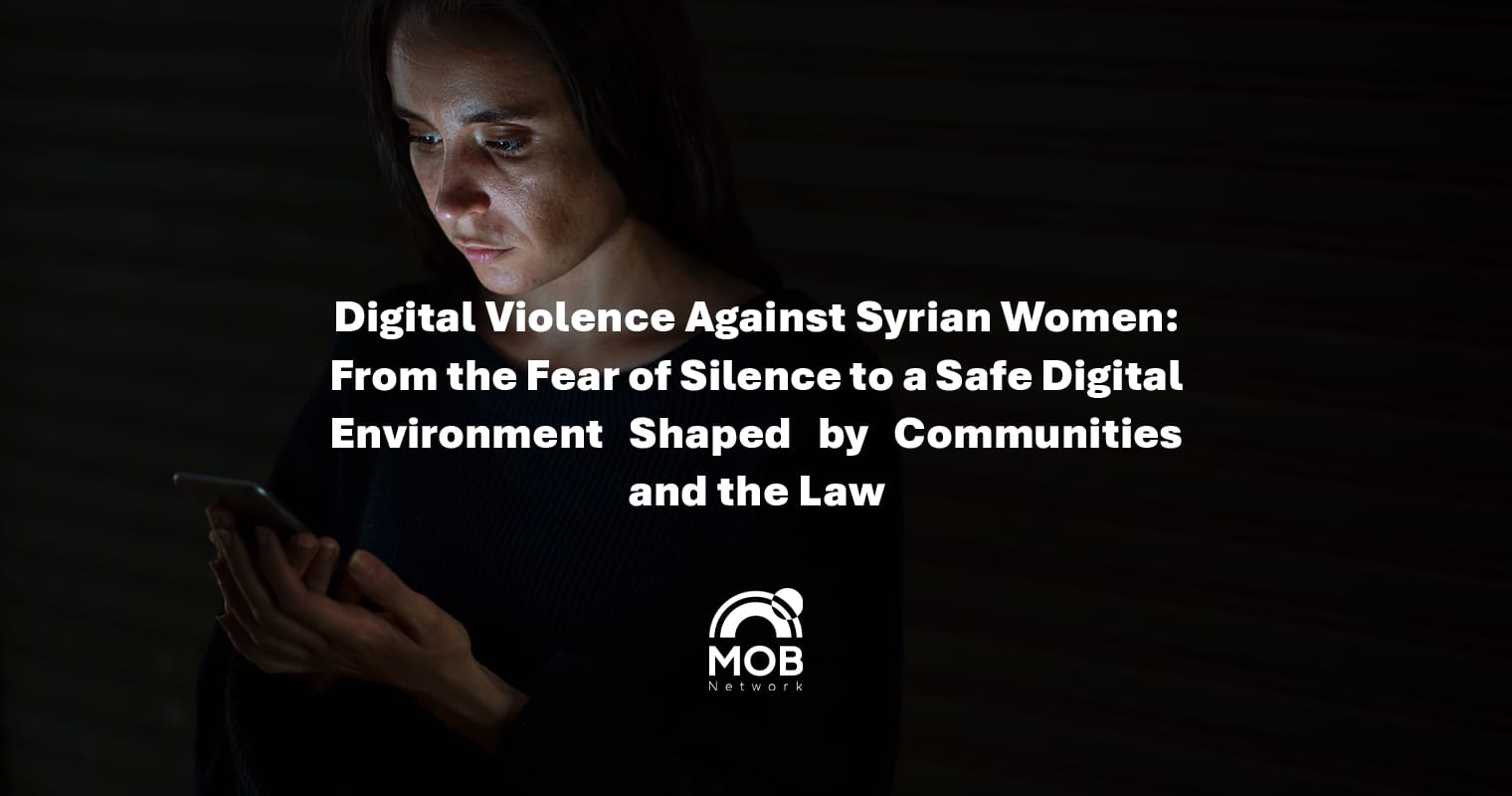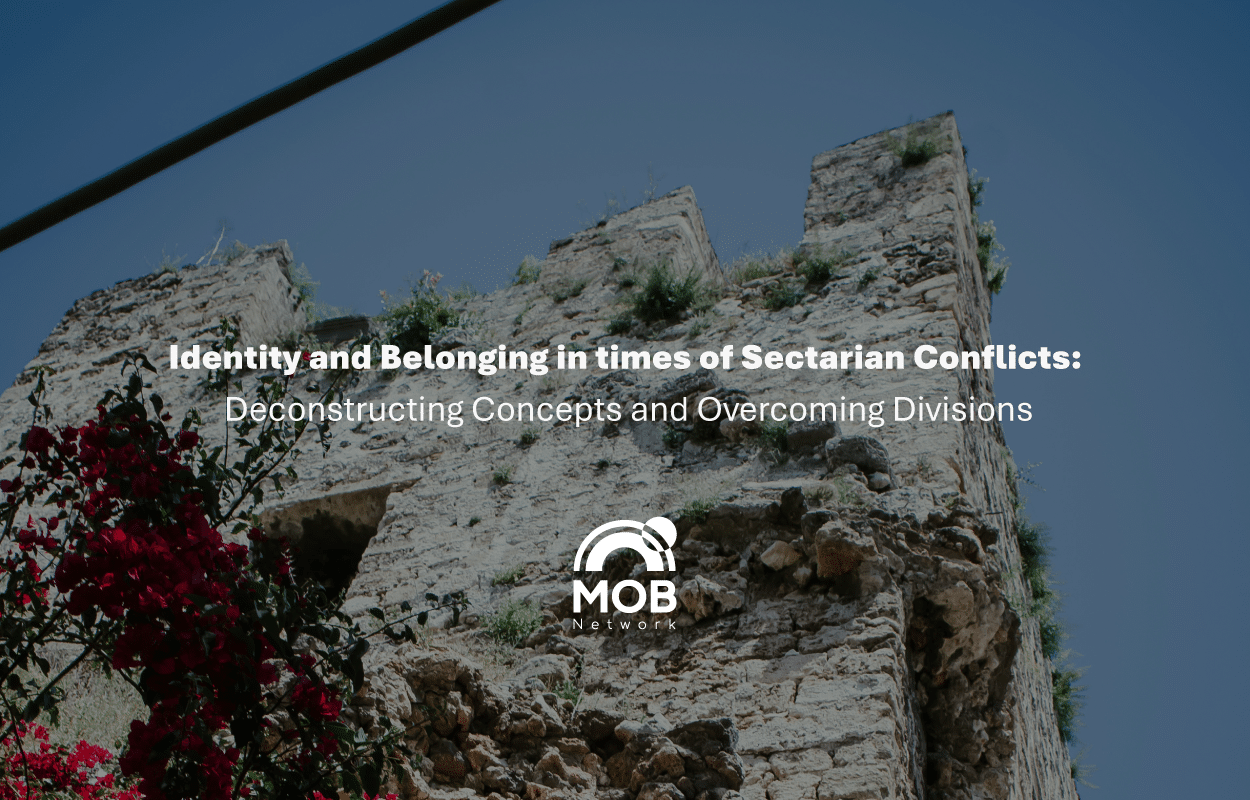10×10 for Dealing with Community Violence & Conflict
The approach to dealing with violence differs with situations, contexts, and community culture; many methodologies focus on dealing with violent behavior.
The health methodology focuses on interrupting violent behavior and stopping the contagion of violence while focusing on those infected with violence (victims – perpetrators – bystanders) and trying to reduce community risk factors that give ground to the spread of violence; in addition to spreading the culture of prevention and protection against violence from within.
These efforts are undertaken by a group of community activists who have taken it upon themselves to take the initiative in dealing with the violent behavior and its impact in society; they have to be interrupters and healers at the same time. Thus, it is imperative for these healers to be aware of a set of attitudes and skills at the beginning of analyzing and planning to cure violence in the community(ies), in addition to being self-aware to avoid harming the very same communities. These skills and attitudes are of the utmost importance as the planning to approach violence in society.
deciding to deal with violence in community is both a responsibility and a danger.
Herein are a set of advised-to-use practices side by side with some personal questions that will help you to prepare yourself for the process of curing violence, opening the door for dialogue, and an unpaved difficult-to-tread-but-worthy-to-undertake road to abate the impact of violence in society. You may have the chance to diminish a certain violent behavior or drive positive change regarding violence in your community.
10 to-do acts at the beginning of analyzing and planning to deal with violent behavior

- Try to determine the positive elements of all conflicting parties, and what each of them takes positive pride in within society.
- Attempt finding valuable factors in conflicts, for they can present opportunities for creativity and relaying issues of benefit for communities.
- Be creative at work, and do not strictly hold fast to methodologies for there is always room for your ideas and appreciative inquiry that is suitable to the situation at hand; methodologies are created to guide, rather to lead your work.
- When you interact with others, look for easy-to-recall ways. Focus on mutual issues for they play a vital role in impeding violent behavior.
- Be honest with yourself and others. Gaining trust is a crucial factor in dealing with violent behavior.
- Do not get attached to only one solution, suggesting many options in the approach to violent behavior provides the space for creativity, participation, and freedom to choose the best and most flexible of which for the benefit of society and those affected by violence.
- Your job is to be supportive, do not encourage others to rely on you in solving issues, but rather provide counsel, and leave room for community mobilization without your intervention whenever possible.
- Remember to be pure at heart, and realistic in your mind. Think as a perfectionist, but act as a realist.
- Remember that pessimism, melancholy, and cynicism are easy to do, while optimism is the best ally to your approach.
- Remember that the approach to curing violence and the health methodology represent the art of transforming the impossible or unimaginable into the possible in society.
10 questions to ask yourself before intervening to deal with Violence & violent behavior in the community

- My motives: why do I want to do what I have planned for?
For the community, those affected by violence, or for my agenda?
- General knowledge: do I possess enough knowledge concerning the conflict at hand, or is it shallow and inadequate?
- Determinant local knowledge: do I have the knowledge to ask questions of use that will help enclose issues, or am I not even willing to understand the specifics of this conflict?
- My skills: do I have adequate thinking, articulating, and listening skills? Do I have what it takes to remain silent to listen, or do I wish to impose my vision of change?
- Empathy: am I mature enough to feel what others who are affected by violence feel? Or do I have prejudgments that I lean more toward?
- Nonviolence: Am I nonviolent in my actions, speech, and ideas? Or do I easily tend to lose my temper and become violent whenever I am angry?
- My creativity: does conflict motivate me to be creative, or do I see only demolishment in conflicts?
- My clemency: do I feel the suffering of others (victims – perpetrators), or are they only means to ends?
- My persistence: do I have the ability to go on despite the hurdles, or do I drown in misery when my advice is not taken, or my efforts are not an immediate success?
- My will for self-improvement: do I have the will and wish to develop, or do I tend to believe myself ready and civilized?
These personal questions might get you confused in your search for answers regarding the 10 points. It is quite simple at the core; all you have to do as a person standing against violence is to inquire and invite others for guidance. You should not feel humiliated and take it personally. Accept the criticism and make an opportunity for growth out of it.
Whilst standing against violent behavior or mitigating the impact violence has on society, remember that your self-talk is necessary to become more aware of your strengths and weaknesses; always attempt to bring them into the light.
As a person standing up to violence, you will play a crucial role in the lives of others. You do not have to be superb at it! But at least be there, be ready for doing what you have to do. And concentrate on development and growth. Remember the suffering and your goal, and do not find it strange to feel the experience of standing up to violence to be weighing on you.





